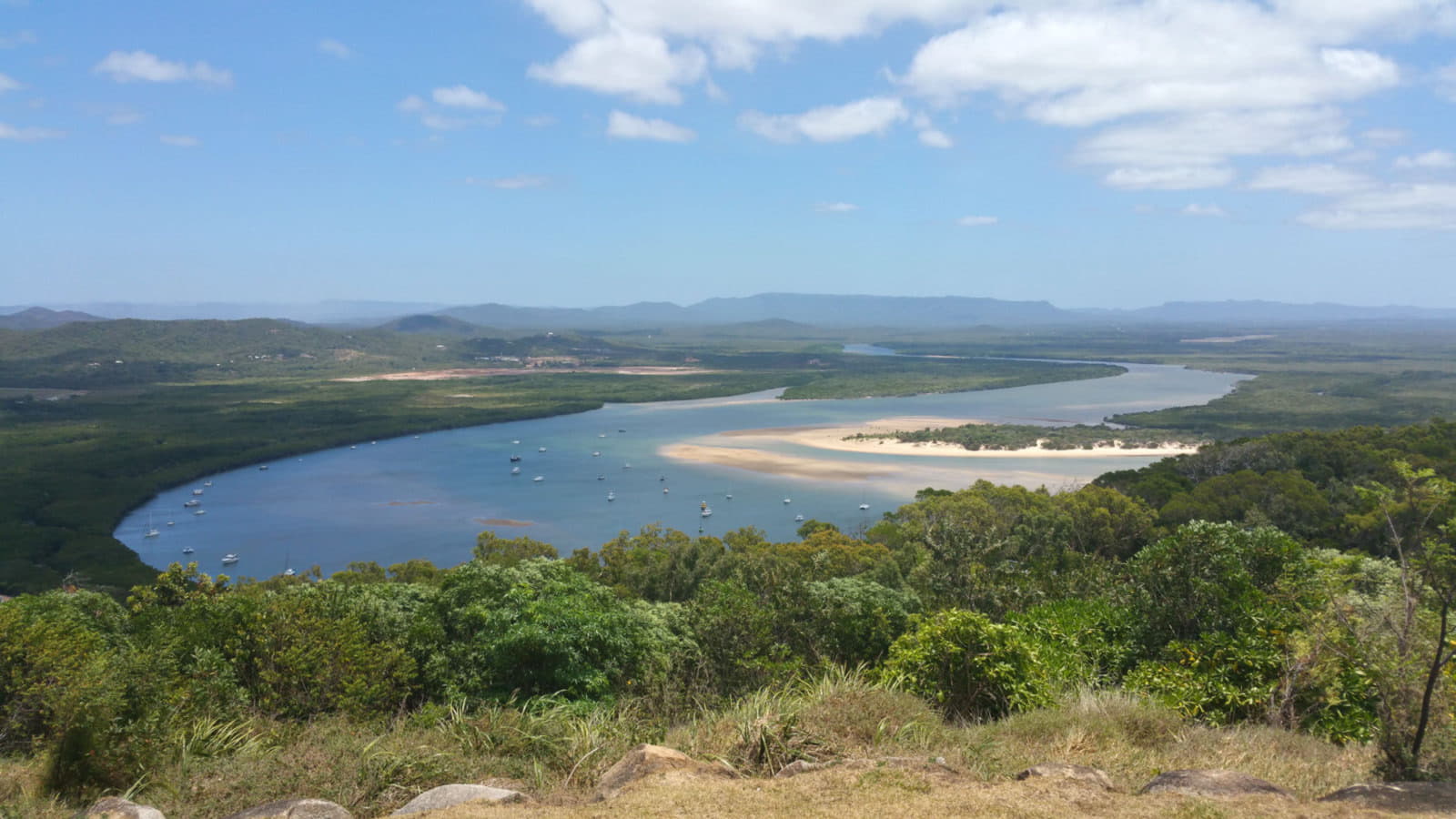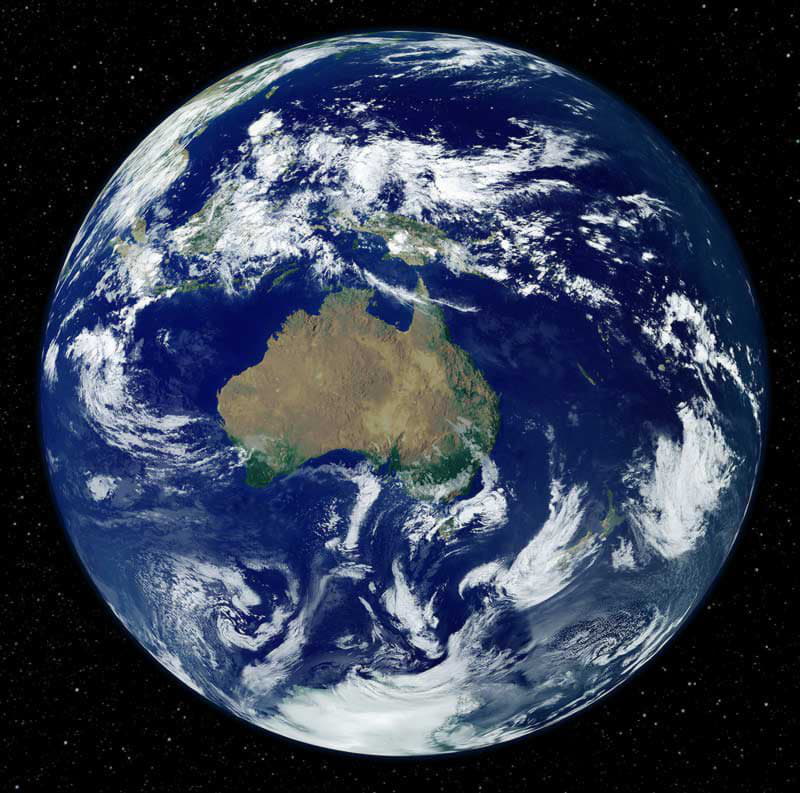Did you know?
Australia is the driest inhabited continent on earth. Its interior has one of the lowest rainfalls in the world and about three-quarters of the land is arid or semi-arid. Its fertile areas are well-watered, however, and these are used very effectively to help feed the world. Sheep and cattle graze in dry country, but care must be taken with the soil. Some grazing land became desert when the long cycles that influence rainfall in Australia turned to drought.
Economy
Australia has a developed modern market economy and has had one of the most outstanding economies of the world in recent years with high-growth, low-inflation and low interest rates. Over the past decade, inflation has typically been 2–3% and the base interest rate 5–6%. There is an efficient government sector, a flexible labour market and a very competitive business sector.
Since 1992 Australia has averaged greater than 3 per cent economic growth and recorded over 17 consecutive years. This economic stability places Australia in the top echelon of developed countries in terms of sustained rates of growth.
The Australian economy is dominated by its service sector, representing 68% of Australian GDP. The agricultural and mining sectors account for 57% of the nation’s exports.
With its abundant physical resources, Australia has enjoyed a high standard of living since the nineteenth century. Australia is a major exporter of agricultural products, particularly wheat and wool, minerals such as iron-ore and gold, and energy in the forms of liquified natural gas and coal. It has made a comparatively large investment in social infrastructure, including education, training, health and transport.
According to the Reserve Bank of Australia, Australian per capita GDP growth is higher than that of New Zealand, US, Canada and The Netherlands. The past performance of the Australian economy has been heavily influenced by US, Japanese and Chinese economic growth.

